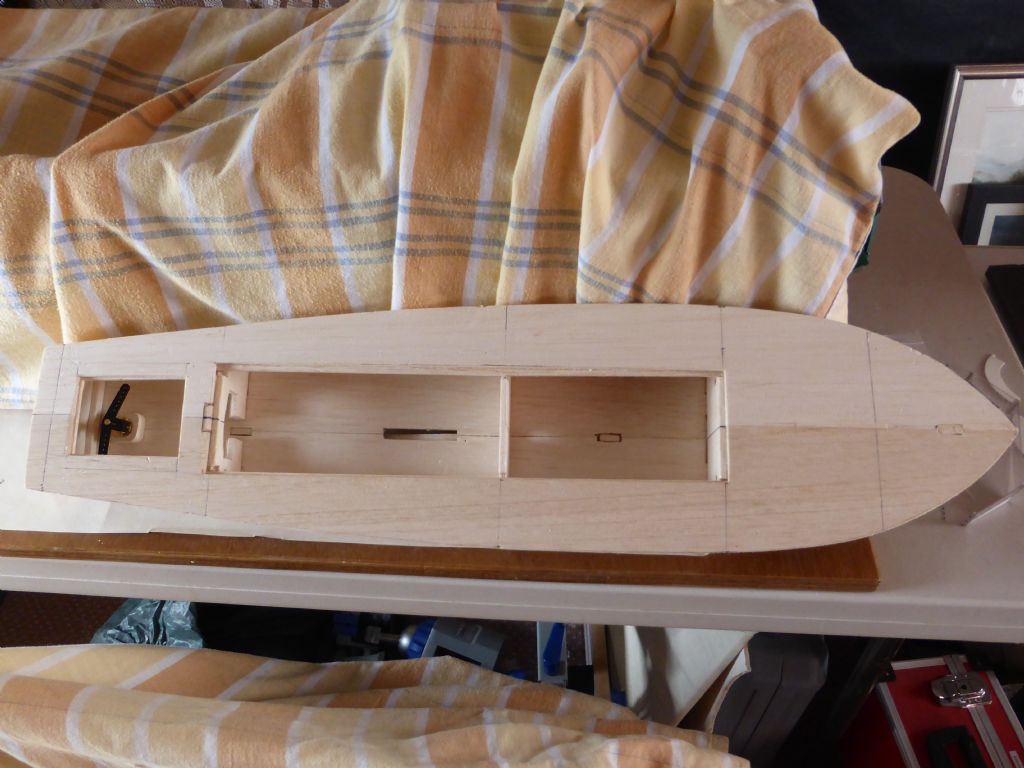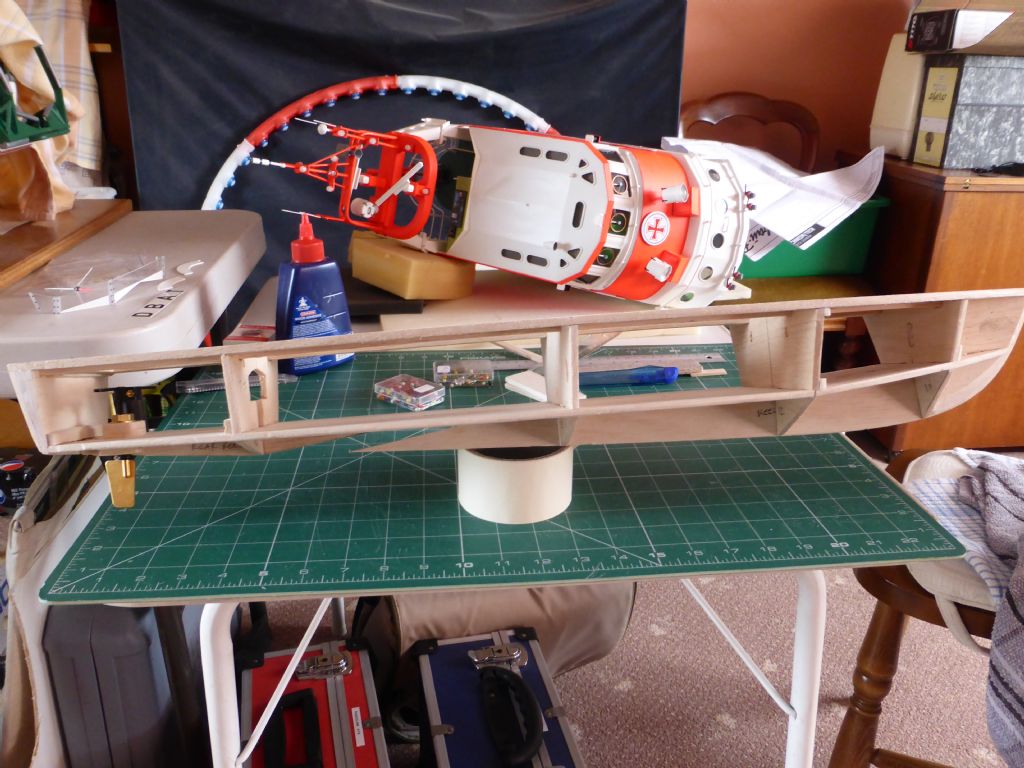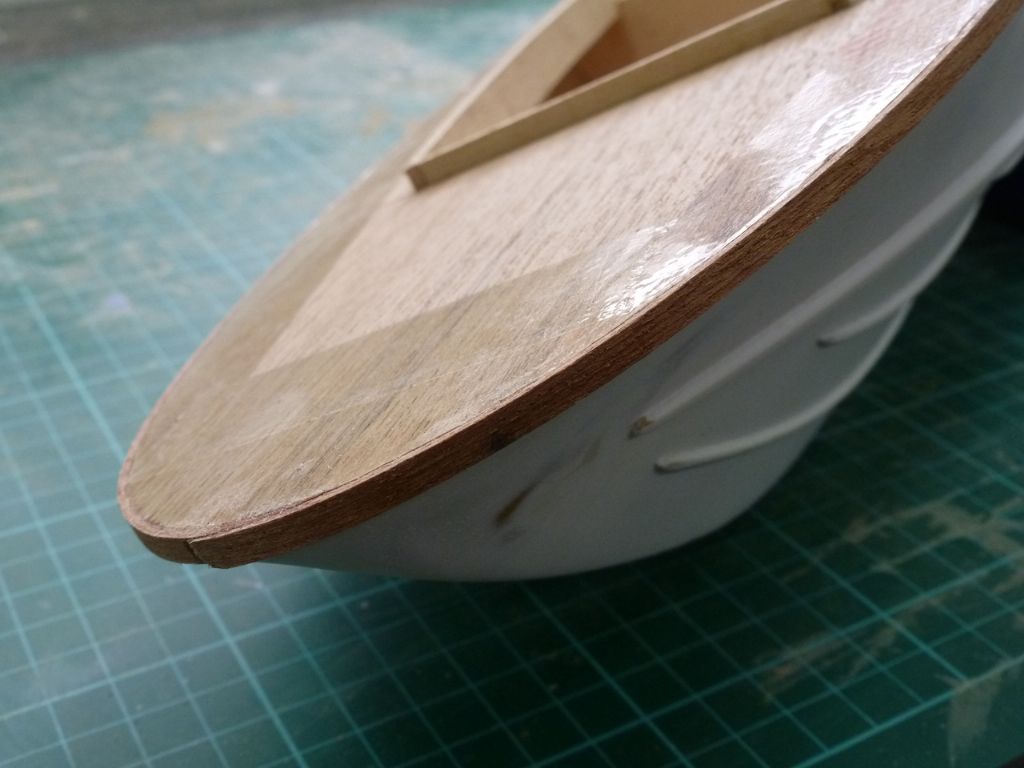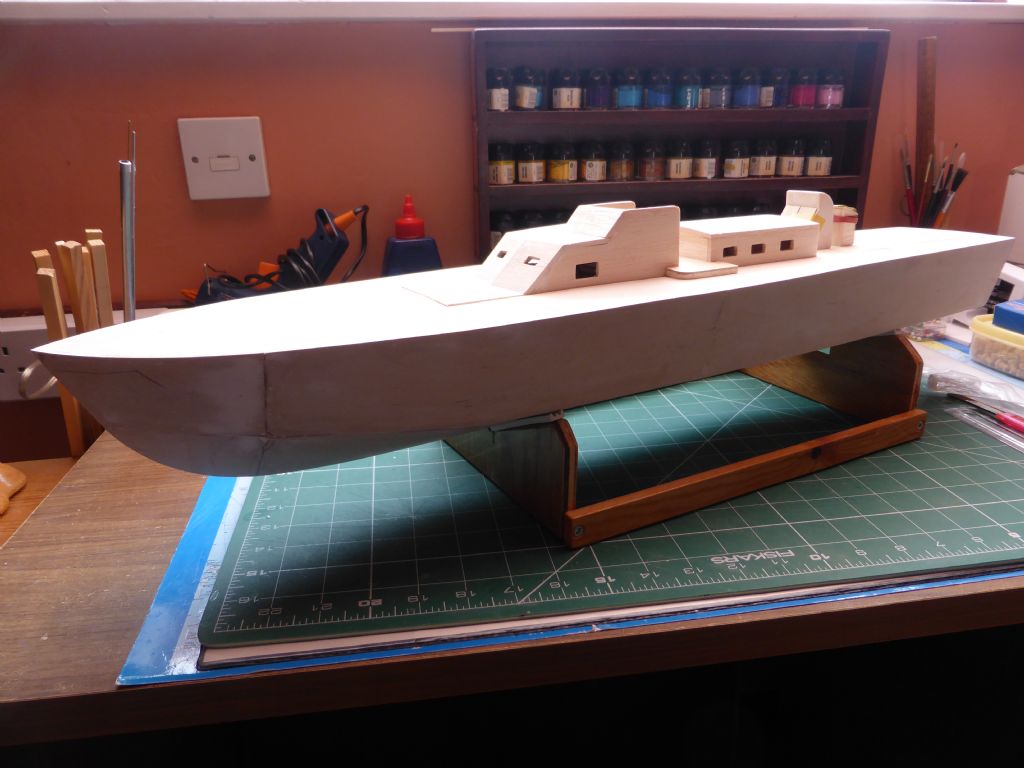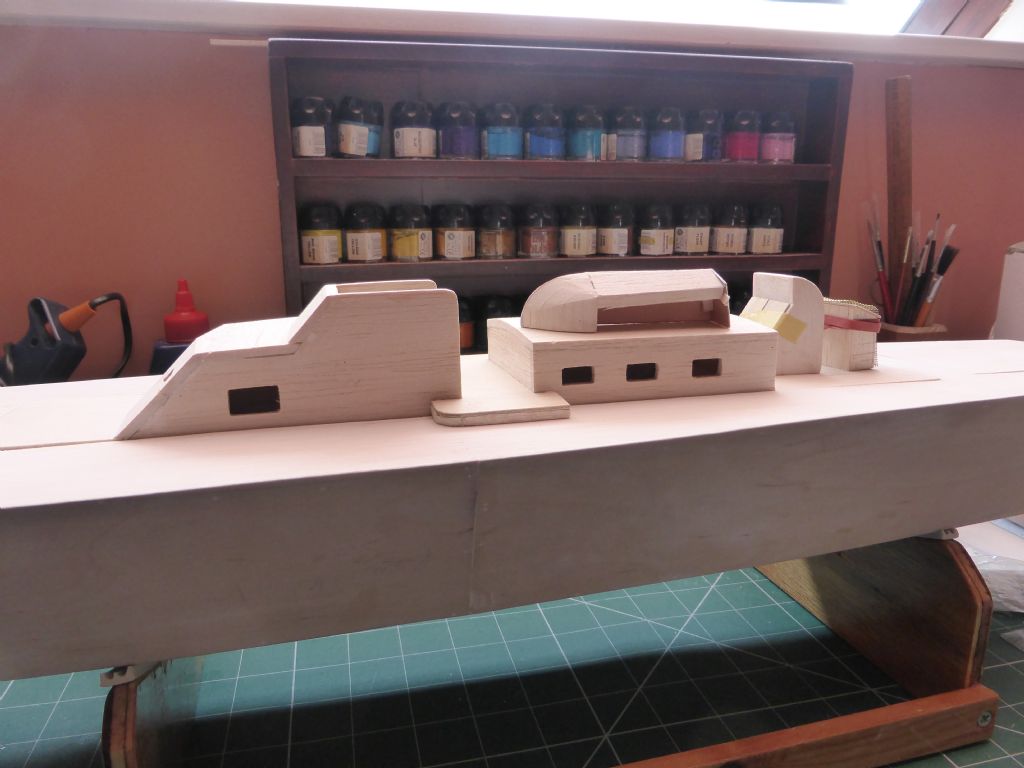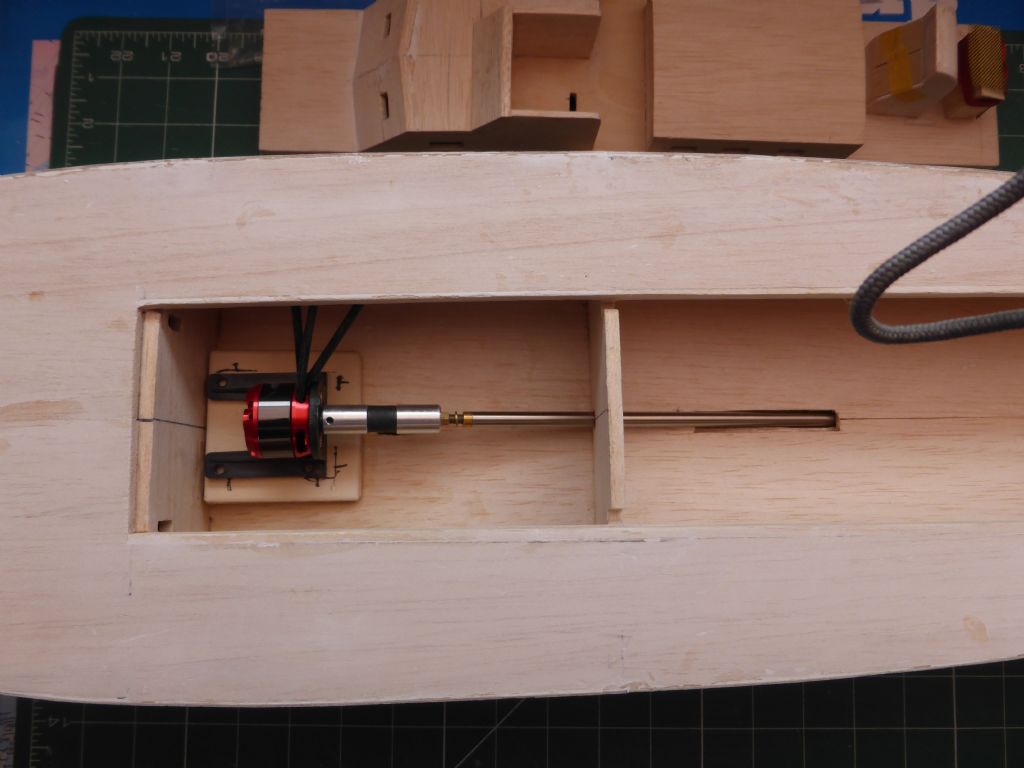Posted by ashley needham on 07/06/2017 07:47:01:
Perhaps an area (skinning) that these EeZe craft could benefit from, the use of stuff hitherto considered too expensive (at the time).
Whereas I realise that balsa would have been the choice of material at the time, the use of glass/z-poxy/ezecote and so on can make a big difference to these craft.
I should have thought that substituting 0.8mm ply would require no boat plan mods?? other than a bit of additional trimming to allow for the thinner material. I am not suggesting altering the plans of course.
Ashley
By ALL MEANS alter the plans! That's what 'creative commons' copyright is all about! It's completely different from the old approach to developing products where one designer or team took 'ownership'. Operating systems like Linux work by an original idea being put out, and then developers from all over the world improving on it. And I would be the first to admit that a lot of these plans need improvement..
The original idea here was just to document the KK Eezebilts and some of their clever design features (have you noticed how the Terrier base is bent up and clipped into the formers during assembly to give a curved chine?). I copied that technique on the Tamar. Then I started to be interested in adding to the range, while keeping the original aims. These seemed to me to be:
1 – Small and cheap – suitable for pocket money, and building in a bedroom without a workbench, expensive tools or extra fittings.
2 – Made of a forgiving material – easy to cut and reshape when you go wrong, and unlikely to cause a mess.
3 – Near-scale – to stimulate a child's imagination. I never found profile aircraft very attractive for this reason. The EeZeBilts will take HO/OO figures or 1:32 soldiers, and are good for display on a child's bookcase (where they will actually spend most of their life!).
4 – Able to be assembled by a child with minimal help from an adult.
You can see that using glass sheathing or 0.8mm ply doesn't fit so well with these aims. Sheathing with modern materials is expensive, and ply demands good cutting tools and accuracy. But as soon as I had put out some plans, people started doubling up the size and making them as 'adult' models. And of course. in this regime, sheathing and ply make a lot of sense. Tissue covering, or doping brown paper on was a common strengthening technique at the time, but I always found this to be messy, and I could never get it to lie flat…


